Travel
10 Remarkable Desert Terrains On Our Planet

A desert may seem like an unlikely spot for wonder, but the truth is far from that. There are places where the sand moves with the wind in ways you never thought possible, and colors paint the sky in impossible shades. These parched regions prove that nature’s beauty lies in the most unexpected corners of our world.
White Sands National Park, USA
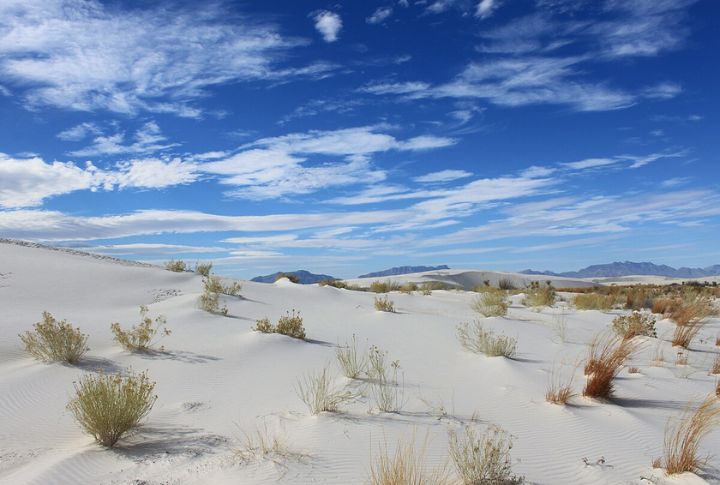
Waves of pure white gypsum crystals stretch beneath a vivid blue sky that covers 145,762 acres in the Tularosa Basin. The sand here stays cool even at midday, and as you walk here, the world seems silent with a snow-like cover.
Namib Desert, Namibia
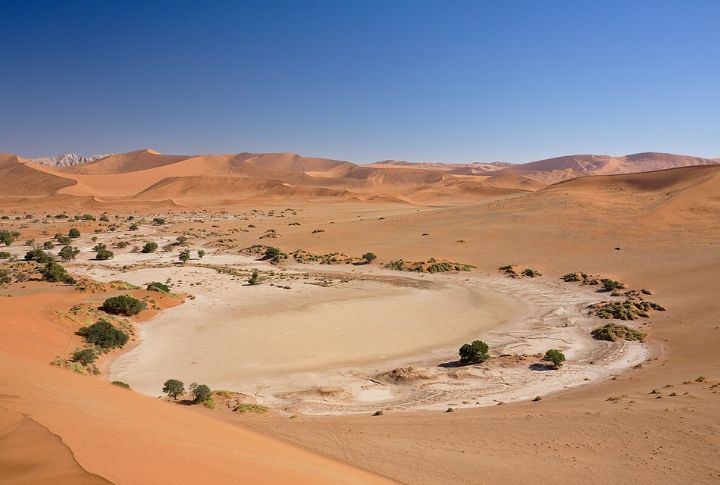
Ancient winds sculpted the world’s tallest dunes here, some going over 1,000 feet high. As a result, every sunrise in this coastal desert region changes the red sands into an ethereal color show. Deadvlei’s ghostly trees add an eerie and cinematic finishing touch.
Wadi Rum, Jordan
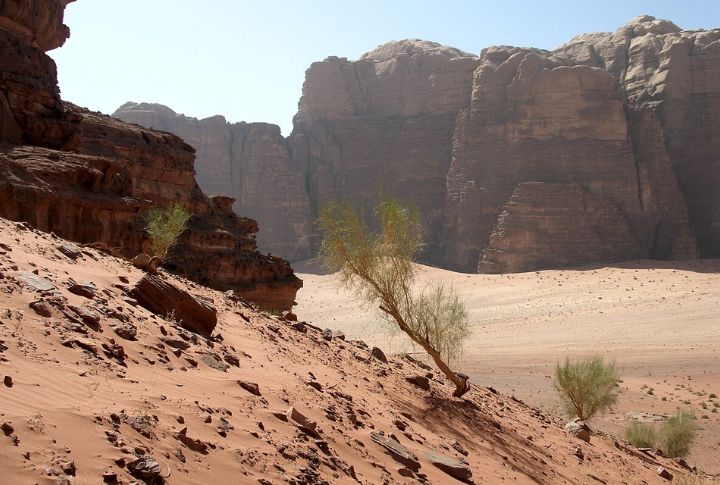
Wadi Rum is a valley cut into granite and sandstone rock formations in southern Jordan, also known as the Valley of the Moon. Unlike Petra’s chaotic beauty, Wadi Rum is vast and quiet. Sandstone cliffs rise from the burnt-orange sand, echoing Mars more than Earth.
Salar De Uyuni, Bolivia
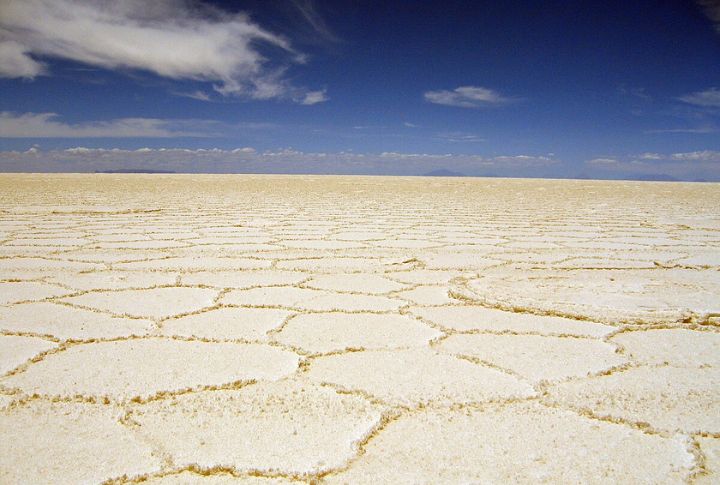
The largest salt flat in the world becomes the largest natural mirror during the rains. Salar de Uyuni gets covered in clear water, and everything on the surface, as well as the clouds in the air, are reflected beneath your feet. It’s surprisingly real and magically disorienting.
Atacama Desert, Chile
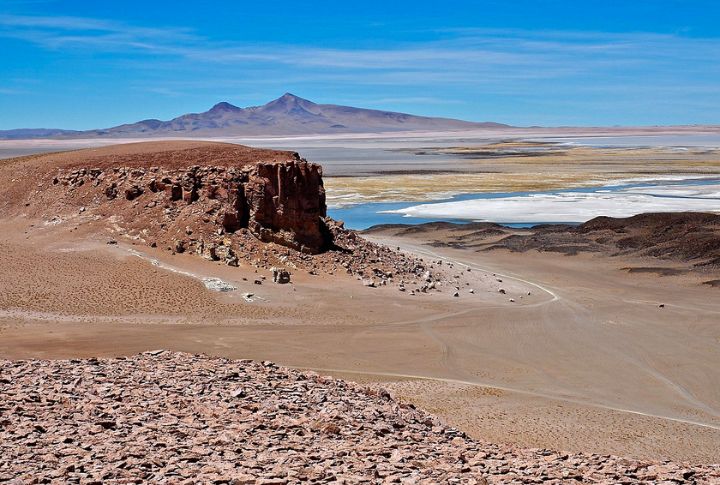
It rarely rains in the Atacama Desert plateau region, which makes it one of the driest places on Earth. People rely on underground water for their needs and on solar power to generate electricity to survive in the harsh conditions of this cold and arid terrain.
Dasht-e Kavir, Iran
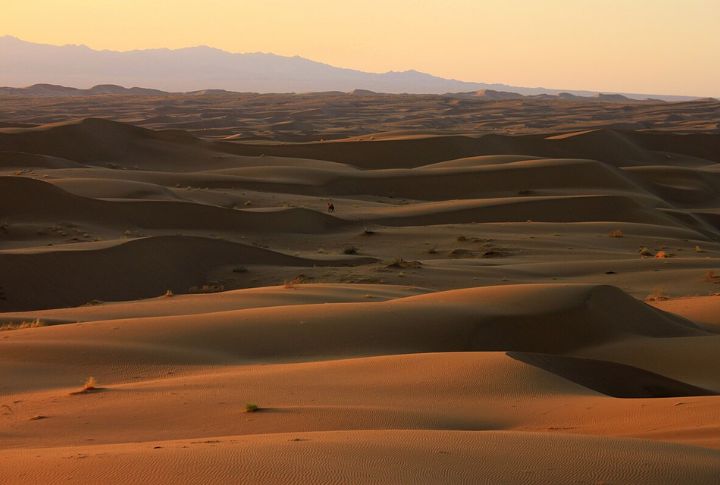
The Dasht-e Kavir, or Great Salt Desert, is a sunbaked mix of salt marshes and sand in the center of the Iranian Plateau. Evaporation leaves behind geometric patterns and hard crusts on the surface, which makes the terrain look like cracked glass rather than traditional parched sand.
Painted Desert, USA
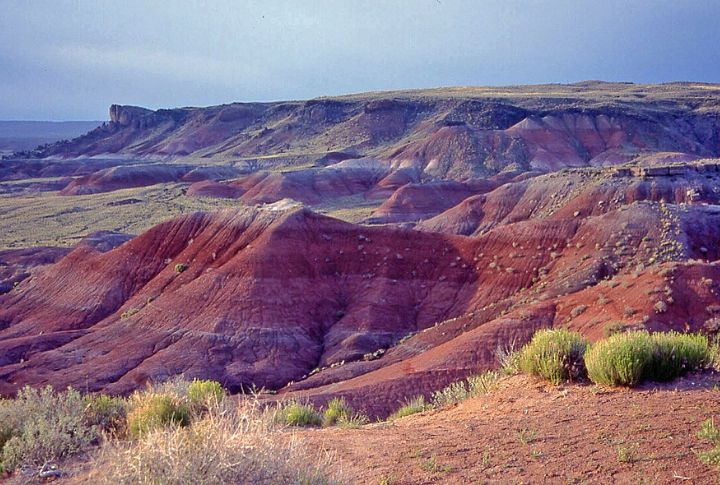
Like a giant spilled paint palette on a canvas, the Painted Desert has streaks of different shades of soft purple and red across the Arizona terrain. A paintbrush could not replicate the natural gradient created by mineral deposits and gradual erosion over time in this badland-like place.
Simpson Desert, Australia
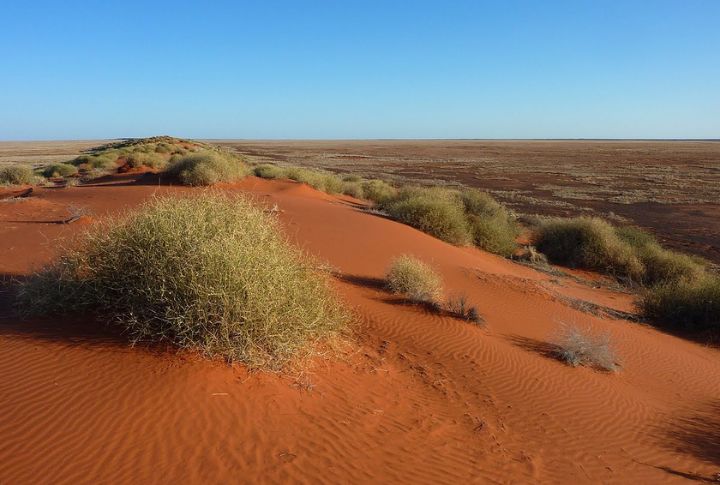
Red sand meets blue sky in these vast rolling dunes with pure simplicity. Simpson Desert is often referred to as South Australia’s Holy Grail of four-wheel driving, owing to its vast expanse. A terrain like this asks nothing of you but your presence and respect.
Gobi Desert, Mongolia To China
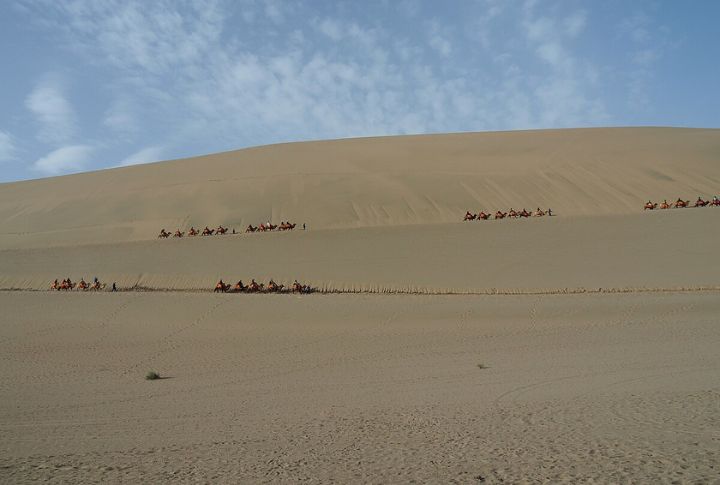
Riding a camel past icy cliffs, dunes, and fossil beds is what the Gobi Desert offers. The summer heat and winter snow shape a shifting and contradictory desert experience. This region is also home to rare animals such as snow leopards and Bactrian camels.
Bardenas Reales, Spain
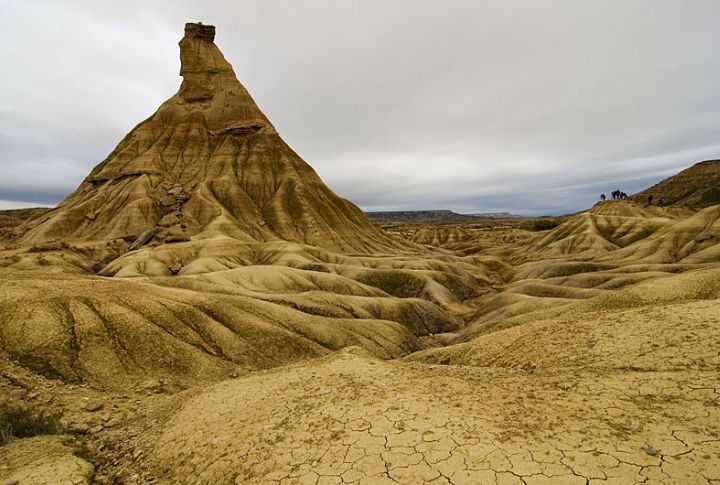
Clay cliffs surrounded by flat-topped mesas and sculpted gullies surprise with each turn. Though located in Spain, it feels like the American Southwest. One of the favorite destinations for film crews, Bardenas Reales, is also cherished by hikers and photographers who crave its sculpted silence.

